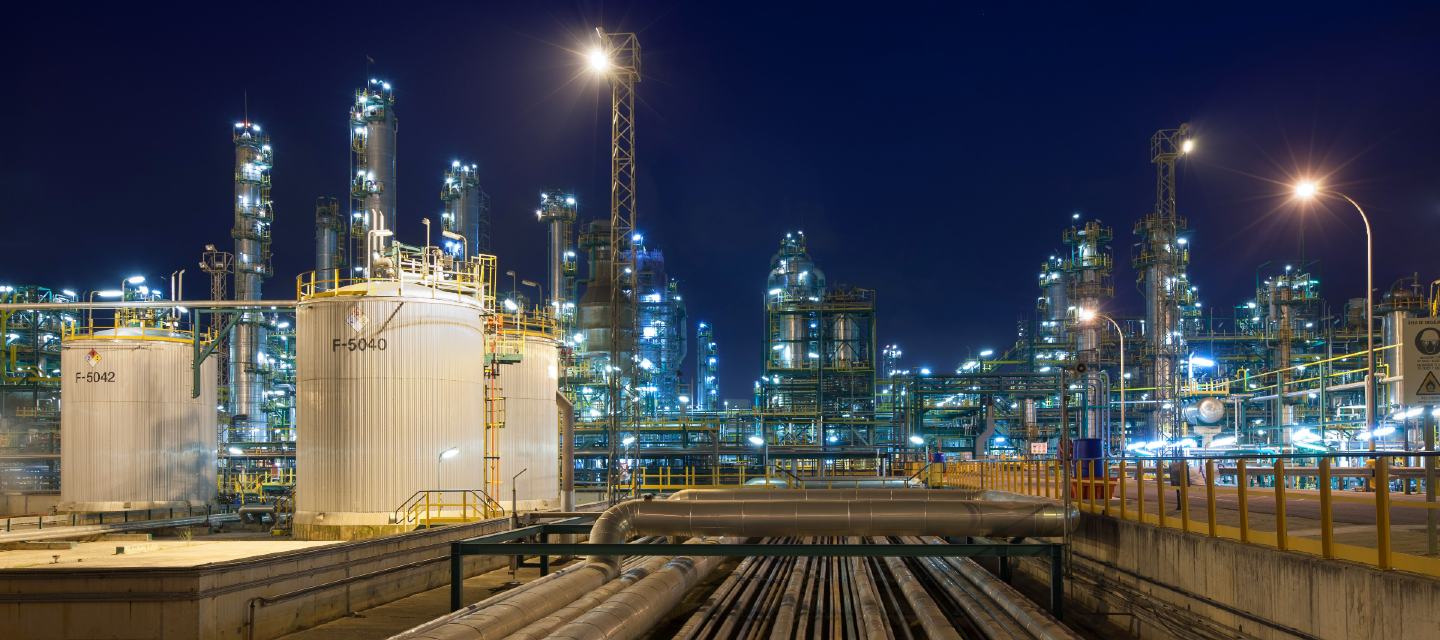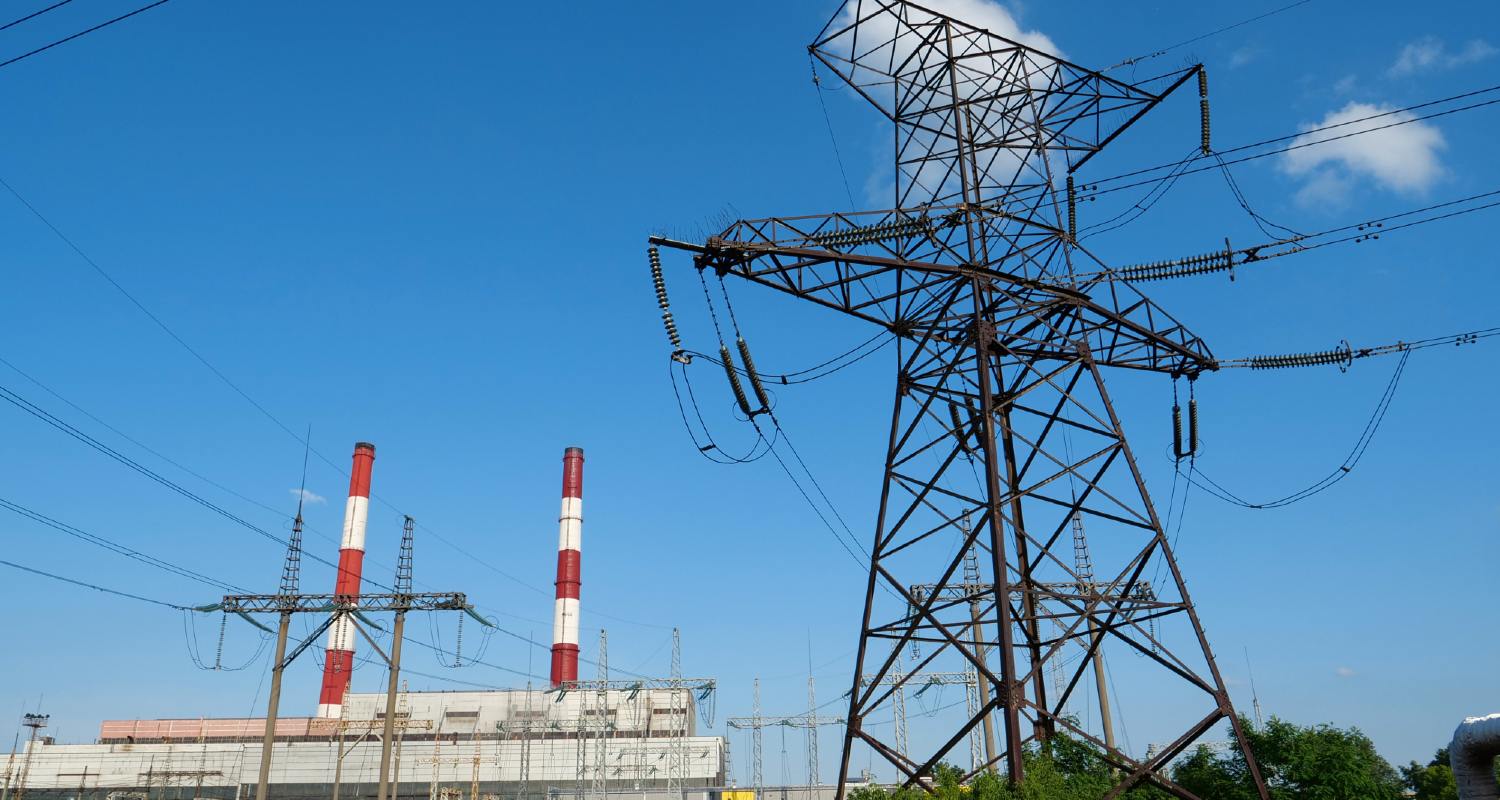What are the advantages of cogeneration?
What are the advantages of cogeneration?
Using cogeneration systems brings enormous benefits both for the environment and society in general:
Improved energy efficiency
Improved energy efficiency
As the Spanish Cogeneration Association noted, this technology saves 14 million barrels of oil and 40 million cubic meters of water per year. Greater performance, less consumption, and fewer emissions.
Cost reduction
Cost reduction
By increasing efficiency, companies reduce their energy bills and become more competitive. Similarly, citizens can reduce their energy consumption and improve their quality of life.
Energy autonomy
Energy autonomy
The ability to use different energy sources to produce electricity and thermal energy reduces dependence on external energy sources.
Distributed generation and reduction of losses
Distributed generation and reduction of losses
Since it is generated at the production center, it doesn't have to be transported and avoids electrical losses or inefficiencies.
Security of supply
Security of supply
It provides a stable energy base to the electrical grid and allows adapting the supply to market needs. It also provides electrical stability to associated industries.
Boosting innovation
Boosting innovation
Cogeneration of energy acts as a driving force for investment, economic development, and job creation.



